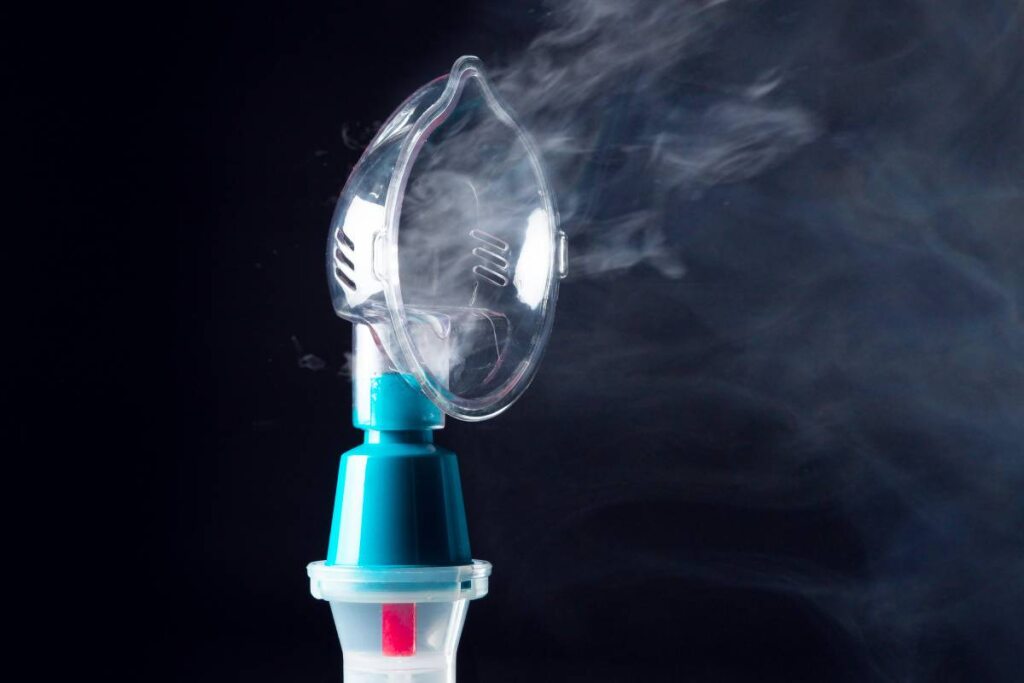Bronchoscope vs. Laryngoscope for Intubation

Bronchoscopy and laryngoscopy are two essential techniques used for endotracheal intubation in clinical practice. Each has specific applications, advantages, and limitations that make them appropriate for different patient scenarios. Understanding the differences between the bronchoscope and laryngoscope is critical for healthcare professionals, particularly anesthesiologists and emergency physicians, to select the most appropriate technique for intubation based on patient-specific needs and clinical circumstances.
Laryngoscopy, which traditionally involves direct visualization of the vocal cords with a laryngoscope, has been the gold standard for intubation for many years. Conventional laryngoscopy requires proper alignment of the oral, pharyngeal and tracheal axes, which can be challenging in patients with anatomical abnormalities such as cervical spine immobilization, obesity, or airway trauma. While laryngoscopy provides rapid access and is typically used in emergency situations where rapid intubation is required, it may not always provide optimal visualization in difficult airway cases. Studies have shown that laryngoscopy may be associated with a higher incidence of failed intubations and complications such as dental trauma and mucosal injury, particularly in patients with difficult airway anatomy (1).
On the other hand, bronchoscopy uses a flexible fiberoptic or video bronchoscope to guide intubation. Unlike with a laryngoscope, use of a flexible bronchoscope does not require alignment of the airway axes, making it particularly useful for intubation in cases of difficult or distorted airway anatomy. Fiberoptic bronchoscopy is often used in patients with known or anticipated difficult airways, such as those with head and neck malignancies, severe obesity, or cervical spine instability. The bronchoscope provides a magnified and detailed view of the airway structures, allowing for more precise placement of the endotracheal tube. A comparative study showed that bronchoscopy has a significantly higher success rate for difficult airway management compared to direct laryngoscopy, with fewer adverse events reported (2).
Despite its advantages, bronchoscopy for intubation has certain limitations. The use of a bronchoscope typically requires more time and operator expertise, making it less ideal for emergency situations where rapid airway access is critical. In addition, the smaller diameter of flexible bronchoscopes limits their use in cases of severe airway obstruction, where a more rigid instrument may be required. Furthermore, bronchoscopy may be hindered by the presence of blood, secretions, or edema, which can obscure the operator’s view. A randomized trial comparing flexible bronchoscopy and laryngoscopy in patients with normal airways found that the laryngoscope provided a faster intubation time and required fewer attempts than the bronchoscope, highlighting the importance of clinical context in the selection of intubation tools (3).
Video laryngoscopy has emerged as a hybrid approach that combines some of the advantages of both traditional laryngoscopy and bronchoscopy. Video laryngoscopes use a camera to provide indirect visualization of the airway on a screen, improving intubation success rates, particularly in patients with difficult airways. Video laryngoscopy provides a wider field of view and better visualization of the glottis compared to direct laryngoscopy, reducing the need for
excessive force and decreasing the risk of airway trauma (4). However, like bronchoscopy, video laryngoscopy can be affected by blood or secretions that can obscure the lens and may not be suitable for all clinical situations. Studies have shown that in patients with anticipated difficult airways, video laryngoscopy may be a superior choice to both direct laryngoscopy and bronchoscopy due to its improved visualization and lower complication rates (5).
Both the bronchoscope and laryngoscope have distinct roles in intubation. Laryngoscopy, especially with video assistance, remains a fast and effective tool for most routine and emergency intubations, while bronchoscopy provides a more precise and adaptable option for patients with difficult airways. The choice between these techniques should be guided by the patient’s specific airway anatomy, the clinical scenario, and the experience of the operator.
References
1. Walls RM, Murphy MF. Manual of Emergency Airway Management. 5th ed. Wolters Kluwer Health; 2018.
2. Frerk C, Mitchell VS, McNarry AF, et al. Difficult Airway Society 2015 guidelines for management of unanticipated difficult intubation in adults. Br J Anaesth. 2015;115(6):827-848. doi:10.1093/bja/aev371
3. Apfelbaum JL, Hagberg CA, Caplan RA, et al. Practice guidelines for management of the difficult airway: an updated report by the American Society of Anesthesiologists Task Force on Management of the Difficult Airway. Anesthesiology. 2013;118(2):251-270. doi:10.1097/ALN.0b013e31827773b2
4. Aziz MF, Healy D, Kheterpal S, Fu RF, Dillman D, Brambrink AM. Routine clinical practice effectiveness of the Glidescope in difficult airway management: an analysis of 2,004 Glidescope intubations, complications, and failures from two institutions. Anesthesiology. 2011;114(1):34-41. doi:10.1097/ALN.0b013e3182023eb7
5. McGrath BA, Bates L, Atkinson D, Moore JA; National Tracheostomy Safety Project. Multidisciplinary guidelines for the management of tracheostomy and laryngectomy airway emergencies. Anaesthesia. 2012;67(9):1025-1041. doi:10.1111/j.1365-2044.2012.07217.x
